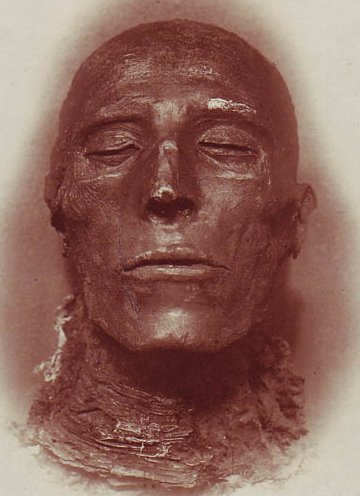
The Tomb of Dracula #55, “Requiem for a Vampire” is highlighted by the stunning artwork of Gene Colan and Tom Palmer, which is exceptionally beautiful even by their high standards. Marv Wolfman’s script cleverly builds on the conflict between Dracula finding marital bliss with his wife and their infant son and the nagging doubt that he was capable of siring a child in his undead state. Adding to his concerns is the fact that his son resembles the angel he battled several issues earlier. Only the vampire’s lust for power distracts him from pondering this further. Anton Lupeski’s growing awareness of Dracula’s madness convinces him he must remove him once and for all before the vampire turns on him. Meantime, Quincy Harker is recovering from his heart attack and meets with Frank Drake, Rachel Van Helsing, Harold H. Harold and Aurora Rabinowitz to discuss their next move. Harold successfully infiltrates the Satanic christening ceremony held in the Dark Church where Lupeski christens Dracula and Domini’s son, Janus and declares the child is the promised anti-Christ. Dracula realizes that Lupeski is setting up his infant son as the focus of the cult to minimize the vampire’s influence and rebukes Lupeski publicly, abruptly departing the ceremony with his wife and son and leaving the High Priest fuming over his humiliation. What follows is a wonderful piece of writing with husband and wife alone together, bearing their scarred souls to one another. Dracula opens up about his fractured relationship with his daughter, Lilith and Domini goes into greater detail about how she fell into the Church of Satan. Wolfman is as bluntly honest as the censorship of the day would allow in depicting real life sexual abuse by cult members. The literate, moving dialogue combined with Colan’s realistic artwork combine to make this issue a landmark installment in this fine series. It seems impossible not to be moved by these two lost souls whose one desire is to find peace after living lives of degradation and abandonment. Of course, moments of peace are short-lived in broken lives and Lupeski is overheard by another vampire plotting with one of his cult member to kill Dracula once and for all. The loyal vampire reports Lupeski’s betrayal to Domini who chooses to pay a clandestine visit to Lupeski herself rather than inform her husband that the High Priest is plotting his murder. The issue ends with the vampire prowling the night skies in bat-form ruminating as he had at the start of the issue over the points that continue to cause him unrest. His melancholy mood is tempered by the belief that he has a loving and devoted family and has finally found some semblance of peace.
#56, “The Vampire Conspiracy” is the title of Harold’s fictionalized account of his encounters with Dracula. This is really just a humorous filler issue which neatly summarizes the Boston-based storyline thus far and wrings some humor out of the contrast between Harold’s narration (where he depicts himself as capable, heroic, and distinctly Sherlockian) and the reader’s recollection of what has occurred in the narrative up to this point. It is interesting to note that Harold portrays Rachel and Aurora as helpless damsels in distress in a fashion that is very familiar to those who grew up on a steady diet of Universal and Hammer horror. Most intriguing is a purely fictionalized encounter between Dracula and Satan who appears in the form of a black panther. While no such event has occurred, it does prefigure the direction Wolfman is about to take with the storyline in coming months. As it is, the issue remains a diverting time-filler.
#57, “The Forever Man” starts with an intriguing prologue depicting the curse that befell Gideon Smith in the 18th Century which left him doomed to a series of violent reincarnations which deny him peace. We follow Smith through the generations to the present (Boston in the mid-1970’s). A brief segue sees Domini confronting Anton Lupeski over his plans to assassinate Dracula, but the High Priest of the Dark Church succeeds in intimidating her into remaining silent for the time being. Meantime, the storyline picks up with Dracula hunting the streets of Boston when he runs into a series of unfortunate encounters that lands him in a hospital room next to Gideon Smith. Gene Colan’s artwork in this issue is impressive from beginning to end, but certainly reaches its peak with Dracula’s rampage through the hospital. The issue ends with poor Gideon Smith reduced to a catatonic state after witnessing Dracula’s frenzied reaction to being mistaken for an accident victim when discovered unconscious. A sidestep is necessary before we cover the next issue. The reader should first acquaint themselves with several solo adventures for Blade that were published in a couple different magazines (free from interference from comic censors) prior to enjoying the character’s solo spotlight in the pages of the next issue of the main title.
TO CONTINUE READING THIS ARTICLE, PLEASE VISIT HERE.





.jpg)